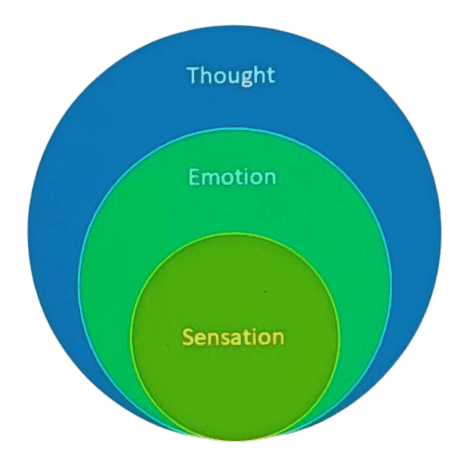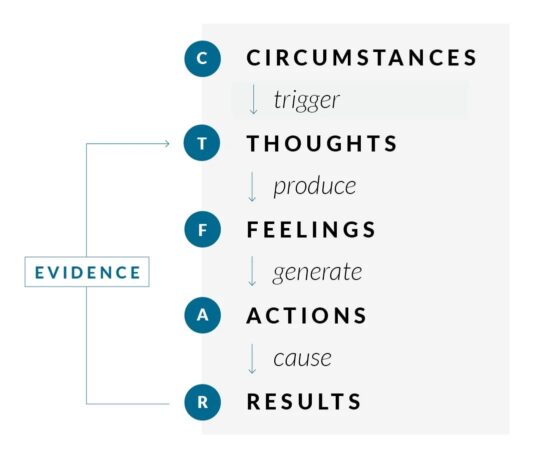It is a common notion that coaching is not an effective intervention for addressing grief or loss. And it is true that therapy has proven effective to bring clients to acceptance, especially in situations where the cause of grief or sense of loss is not clearly known to the client. In situations where the client knows the cause of their grief or loss, a masterful coach can help the client to resolve the grief and come to acceptance.
Let’s begin with understanding what Grief is. Grief is an emotional response to a loss experienced by an individual. The loss could be of a person, a relationship, a job, identity, or status; in short, anything with which we form a bond or affection. At a cognitive level, we may have different ideas about loss which resemble the acceptance of loss. However, true acceptance sets in only after we have seen, felt and accepted grief at a visceral level. Only at the physical sensation level, we can bring in the true acceptance. And once accepted, it allows us to move forward in life.
In order to bring ourselves or clients to awareness of their grief and the level of its acceptance, we can use what we call SET at Coacharya. SET is an acronym for Sensations, Emotions, and Thoughts.

In the series of exploration Thoughts are the outermost layer; a collection of words, phrases, and ideas, we tell ourselves and others about our state of being.
A layer deeper are the Emotions underneath these thoughts. Many a times, when we inquire about a person’s feelings, they come up with their thoughts about their emotional being and not really the emotions. Therefore, it is important to inquire straight about the emotion associated with the thought.
And the layer at the core of our physical being are Sensations. When we are young children, we make our understanding of the world around us and express through sensations. It is the purest form of our being. When we are exposed to cold, our bodies shake, our teeth clatter. When we are afraid, the muscles tense and shake involuntarily. When we are shocked, we freeze. When we are sad, we tear up. There are several expressions of body sensations and movements in language e.g. jaw dropped, stomach fell, stunned, trembled, cold, heavy etc.
There is an inherent integrity within our body and mind that shows up in the movement from sensations to emotions to thoughts. However, because of how we are taught and groomed to be in the world and the expectations we carry of our own conduct and expressions, we can act contrary to how our bodies would want to express ourselves. Thus, creating blocks that could be both physiological or psychological in nature. And these blocks hinder our true expression and if we can not even touch base with our true feelings, how do we come to accept them?
Therefore, coaching can be a powerful way to help clients become aware of their state of being using the layered inquiry of SET. There is no one way to around it. If you observe the client is more cerebral and in thought space, inquire about the associated emotions to the line of thinking, and if they go along, inquire into their sensations – how are they sensing the emotions? What is it doing to them? If your client is more emotive and is in touch with their emotions and sensations, inquire what thoughts are emerging for them out of the emotions they feel.
The idea is to help bring awareness to this interconnection between thoughts, emotions, sensations. And to know why this awareness is useful, have a look at the thought model/ self-coaching mode.
We hear most often how people claim their life situation being the outcome of what happened to them i.e. circumstances. Whereas, in essence, there is a series of how we are thinking about what happened to us, making us feel certain emotions, leading us to specific actions or inactions, causing the way our lives are.

A famous Trauma specialist Dr. Gabor Mate claims, “Trauma is not what happened to you but what you make of what happened to you”. Therefore, the key lies in our response to loss or unfortunate incidents in life. And our response is an amalgamation of our Sensations, emotions, and thoughts.
Therefore, my invitation to you is to be in touch with these, explore and inquire and help bring awareness for yourself and your clients. You do not need to delve into the situation but into the being of the client:
- How they are thinking about themselves or their situations?;
- What emotions they are feeling?;
- What sensations they are experiencing?;
- How are they naming their sensations?;
- What happens if they sit a while in the discomfort of certain sensation?
- What happens if they completely allow them to live the emotion they feel?
- Is their integrity in their line of thinking to their emotions and sensations?
- Where is the distortion (if any)?
There is so much to explore in this space and learn. And for those coach colleagues and learners who find themselves challenged in the space of exploring emotions of the clients, my two bits from personal experience are:
- When you are in touch with your own thoughts, emotions and sensations, you will be free to explore with your clients.
- You do not need to do anything with emotions. Emotions need to be felt and lived through. All you need to do is hold a space of unconditional positive regard for your client.



